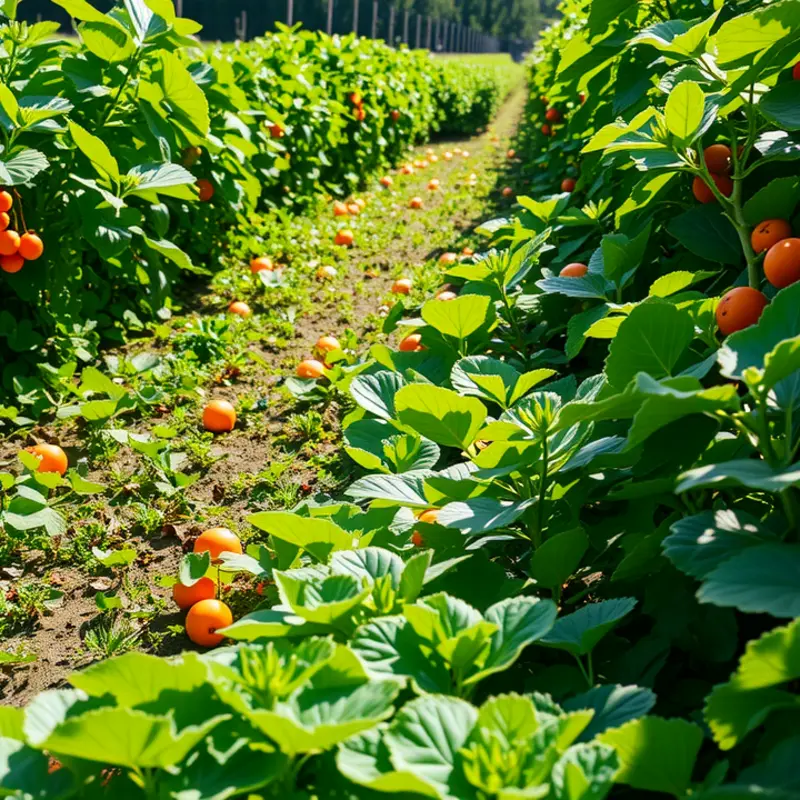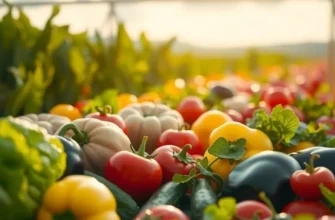Crafting the perfect gravy can elevate your meals from ordinary to extraordinary. Whether you’re dressing a turkey, enhancing mashed potatoes, or complementing a savory pie, a flavorful gravy is essential. With just a few tips and tricks, you can master the art of making delicious gravy that will impress your family and friends. Let’s dive into the world of gravies, exploring techniques and flavor boosters that will help you create a sauce that everyone will love.
Base Ingredients: The Foundation of Flavor

The perfect gravy begins with selecting the right base ingredients. The essence of any great gravy is its ability to enhance the dish it accompanies—a pursuit often beginning with the choice of broth, drippings, and thickeners. Understanding these elements can revolutionize your culinary experience.
Broth serves as the liquid foundation of gravy. It envelops ingredients, coaxing out their flavors. Chicken broth is a popular choice for lighter gravies, imparting a gentle, savory quality. Beef broth, conversely, offers a deeper, robust flavor perfect for hearty roasts. For a vegetarian option, vegetable broth boasts complex layers when prepared with a variety of root vegetables and herbs.
Drippings are another crucial component that should not be overlooked. These are the flavorful liquids left in the pan after roasting meats. They contain concentrated umami and fat, which when incorporated into your gravy, amplify its overall taste profile. Collecting drippings can be as simple as pouring them off the roasting tray and straining out impurities. If drippings are scarce, you might consider browning pieces of meat to release flavorful fond – the caramelized bits that stick to the pan.
To thicken the gravy, one must judiciously select from a palette of starches. Common choices include all-purpose flour, cornstarch, or arrowroot powder. Each thickener contributes differently to texture and flavor. Flour, often whisked into fat to create a roux, offers a smooth and creamy consistency. Cornstarch, hydrated in a cold liquid before being added to the warm mixture, results in a glossy finish. Arrowroot, a little-known alternative, provides a clear thickening effect without altering the flavor character too drastically.
Depth of flavor is not the sole consideration; the consistency of your gravy can make or break the final dish. Achieving the right viscosity often requires a balance—a symphony where broth plays the melody, and thickeners provide rhythm. Be patient when combining ingredients, ensuring all components are well-harmonized and lumps are absent.
For those seeking to enhance their gravies without relying heavily on salt, there are techniques and ingredients that provide alternative paths to sublime savory profiles. Consider introducing aromatics such as garlic, onion, or fresh herbs at key stages of the cooking process. For additional insights, explore flavor boosters without salt, which might inspire you to experiment further with your gravies.
Whether enriching a classic Thanksgiving turkey or adding complexity to a simple mashed potato side, the base ingredients you choose—and how you manipulate them—can transform an ordinary dish into a memorable culinary creation. By mastering these elements, you unlock a repertoire of flavors that can elevate any meal to extraordinary.
Enhancing Your Gravy: Techniques and Tips

To unlock the true potential of your homemade gravy, mastering a few essential techniques can transform it from an afterthought into a centerpiece of your meal. Let’s explore the art of seasoning, deglazing, and the magic of herbs and spices.
Seasoning Wisdom:
Balance is crucial when seasoning your gravy. Start with a light hand, as it’s easier to add more than to fix an overly salty concoction. Consider salt as just the beginning. Factor in the dish your gravy will accompany and complement those flavors. For clarity, there are resources available discussing how to boost flavors without adding salt. Learn more about flavor boosters without salt.
Black pepper adds a classic heat, but experiment with freshly ground white pepper for a nuanced spice profile that’s less prominent in appearance. If you’re looking for depth, try adding a splash of soy sauce or a touch of Worcestershire. These additions can provide umami, enhancing the savory essence of your gravy.
Importance of Deglazing:
Deglazing is a pivotal step, especially when you’ve roasted meats. It involves using a liquid to loosen and dissolve the caramelized bits, known as ‘fond,’ stuck to the bottom of your pan. This fond carries concentrated flavors that can elevate your gravy. To deglaze, start by removing excess fat, leaving just enough for richness. Add a cup of wine, stock, or water to the hot pan, stirring and scraping with a wooden spoon to release the fond. Reduce the liquid slightly to intensify its flavors before proceeding with your gravy base.
Herbs and Spices Mastery:
Herbs and spices are pivotal in defining the character of your gravy. Fresh herbs like thyme, rosemary, and sage are favorites, providing earthy notes and aromatic freshness. However, if only dried herbs are available, rub them between your fingers to release their oils before adding them.
Spices like paprika, allspice, or a dash of nutmeg can imbue your gravy with warmth and complexity. For those who appreciate a bit of heat, consider a pinch of cayenne or a splash of hot sauce. Add these sparingly and taste as you go.
To extract the maximum flavor from spices: bloom them by briefly cooking in oil or butter before adding liquids. This step awakens the spices, making them more aromatic and vibrant.
Incorporating these techniques and tips not only enhances the taste of your gravy but also its aroma, making it an irresistible addition to your dishes. Experimenting with these elements can lead to a signature gravy that embodies your unique culinary style.
Final words
Making flavorful gravy is not just about adding ingredients; it’s about understanding how to combine them to enhance their best qualities. By selecting the right base, utilizing heat effectively, and enhancing with proper seasoning, you can create a gravy that complements any dish. Remember, practice makes perfect. Don’t hesitate to experiment with different flavors and techniques until you find the combination that works for your palate. The joy of cooking is in the adventure, so trust your instincts and have fun along the way!







